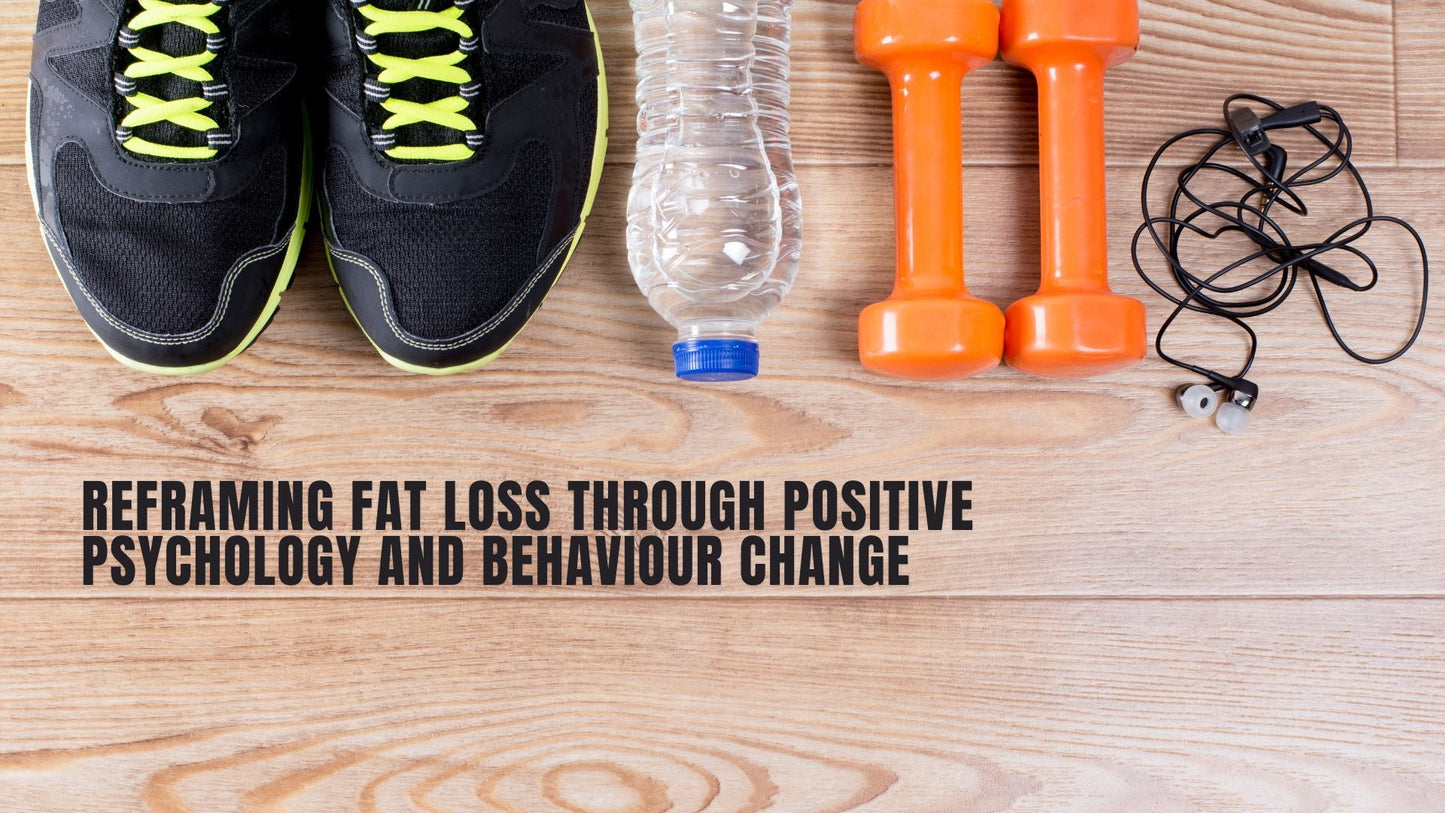When we want to change the way we look, invariably this will mean changing the way we behave - our habits, actions, choices, and narratives.
Not feeling the need to change might stem from two sources:
- Genuine satisfaction with current circumstances
- A lack of self-awareness, meaning the problem hasn't yet been consciously identified.
Now that the sun is out and summer looms, people often feel a sudden clarity - they see the excess weight that winter left behind.
That "what" becomes obvious: stored fat, a loss of physical lightness, diminished performance, tighter clothes, and a drop in self-esteem or attractiveness. For athletes and exercisers, excess weight impacts the power-to-weight ratio and overall capacity to move and perform freely.
Yet the "what to do" is easy to find - plans, programs, calorie calculators, macros, workouts - these are abundant. It’s the "how to sustain it" and the "where to begin" that challenge most people.
Why Do People Struggle with Change?
Even when people want to change, sustaining change is notoriously difficult. This isn’t due to a lack of plans - but due to:
- Ambivalence in the contemplation stage (Prochaska & DiClemente’s Transtheoretical Model)
- Conflicted reward systems: immediate gratification vs long-term benefit
- Low intrinsic motivation or emotional engagement
- Poor reframing of effort as meaningful or rewarding
- Lack of social support or identity alignment
At the core of this is the pleasure–pain trade-off, something philosophers and psychologists have long highlighted. In the moment, the cookie wins. The workout is skipped. But over time, the result is suffering—a feeling of failure, diminished vitality, regret, even chronic disease.
Positive Psychology in Action: From Self-Awareness to Self-Determination
Positive psychology, founded by Martin Seligman, doesn’t just tell us to be happy. It provides robust science around:
- Strength-based change: working with your best traits
- Hope theory (Snyder): visualising a better future and believing you can get there
- Self-determination theory (Deci & Ryan): needing autonomy, competence, and relatedness to sustain motivation
- Cognitive reframing: seeing sacrifice as service to the self, not deprivation
Reframing the sacrifice of giving up cookies as empowerment rather than loss is a psychological pivot. Instead of “I can’t have this,” try “I don’t want this because I’m building a body I respect.” This rewire takes time. It requires emotional granularity—naming your feelings—and choosing long-term over short-term comfort.
Contemplation & The Power of the 'Why'
The Contemplation Stage (Transtheoretical Model) is where many people live for years. They know what they want to do but haven’t committed. The secret to progress lies in:
- Deep reflection on values: "What do I really want my life and body to feel like?"
- Emotionally charging your 'why': not just “I want to lose fat” but “I want to feel light, powerful, and free in my body.”
- Seeing the cost of inaction: every cookie becomes a vote for tiredness, insecurity, and shame. Every good choice is a vote for strength, clarity, and health.
11 Top Tips for Long-Term Fat Loss and Behaviour Change
- Clarify your ‘Why’ and connect it to core values. Anchor motivation in something bigger than aesthetics—freedom, vitality, performance, self-respect.
- Reframe deprivation as self-respect. It's not about what you're giving up; it's about what you're choosing instead—health, freedom, energy.
- Use the power of identity-based habits. Don’t try to lose weight—become the kind of person who eats and trains like an athlete. (James Clear)
- Visualise success and rehearse temptation. Mentally practice making the right choice before you're tested. It builds grit and automaticity.
- Track small wins. Dopamine is released when we see progress—so record workouts, weight trends, mood shifts, waist measurements.
- Lean into discomfort. Feeling hungry or tired is a sign of transformation, not a problem. Discomfort is the price of change.
- Set process goals, not just outcome goals. “Train 4x this week” is more powerful than “lose 4kg.” The former is within your control.
- Curate your environment. Willpower is overrated. Design your life so the cookie trolley never even enters your field of vision.
- Use the ‘2-minute rule’. If you don’t want to train, do 2 minutes. Often, you’ll keep going. Starting is the hardest part.
- Practice gratitude and reflection daily. Gratitude enhances well-being and reduces impulsivity, aiding in better food and life choices.
- Join a community or accountability structure. Behaviour is contagious. Surround yourself with people who have the standards you aspire to. My Strength For Life Group is packed with advice, recipes, training programmes and most importantly other people going through the same journey as you.
If you'd like some additional support then please read my free Quick Start Guide to Fat Loss. It's a great place to start.






